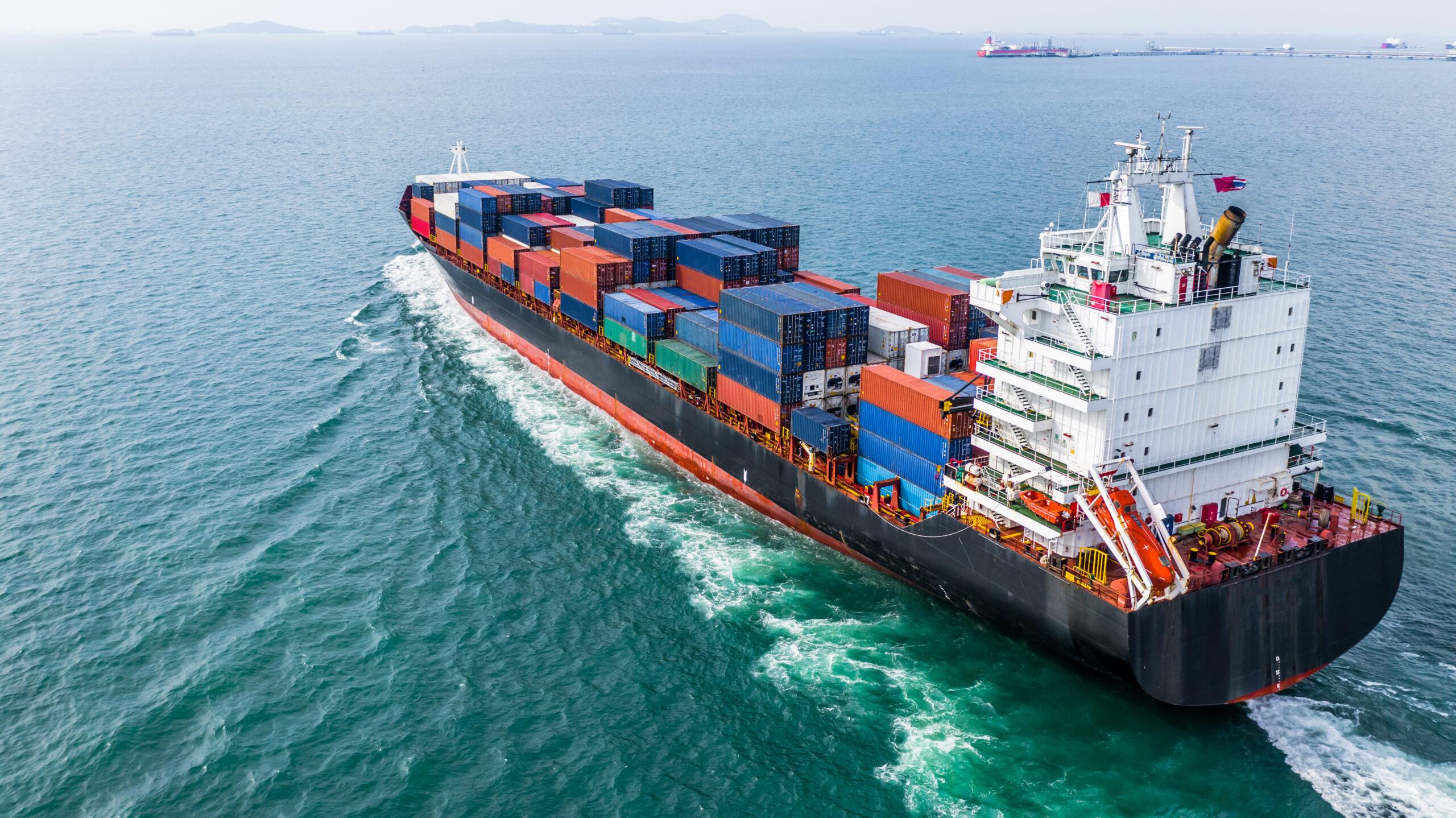In the supply chain market, there is a need not only to finance suppliers, but to finance buyers as well. Typically, a buyer is the middle person between the supplier and the end consumer. Therefore, both the supplier and the buyer are awaiting payment from the end consumer to continue to conduct business. This is risky and can create complications in the supply chain. However, it is possible to manage your buyer risk, allowing buyers to pay their suppliers in a timely fashion and still await payment from the end user. This is known as managing your portfolio risk. International trade finance companies, like Tradewind, can help reduce risk along the supply chain by ensuring a steady flow of cash among all parties.
Determine the Risk Factors
Before you can manage a buyer’s portfolio risk in a supply chain, you must determine the risk factors. Risk factors go well beyond the payment history of a client. Issues such as delivery, production, and even packaging can all contribute to risks. Any part of production that is not completed in the warehouse of the supplier can create a higher risk to the buyer and the end user.
For instance, if a product’s parts are shipped from China to the US, the quality of the parts, as well as the ability to ship them successfully, creates risks for the buyer’s portfolio. Once the entire process is analyzed, the buyers should have a good idea of what the risk factors are and be able to form a plan to help mitigate those risks.
Manage Risk with Options
The truth is, there is more than one way to manage a buyer’s portfolio risk. The first step is to create options. No buyer should ever buy from just one supplier, as much as no supplier should ever sell to just one buyer. In addition, insist that your supplier use several different vendors to help mitigate risks as well.
In other words, if one vendor has an issue with parts, the supplier should be able to contact another vendor and have the parts shipped immediately. Also, one shipping partner may not be able to deliver as needed, prompting the supplier to utilize another shipping partner. This process allows for a reduced risk when dealing with supply chains and the production of widgets.
Insurance is a Key Factor
Another way to help reduce buyer risk is through the purchase of insurance. Suppliers and buyers require insurance to mitigate any damages that may occur as the result of a tainted product or non-payment by the end user, as well as any other issue that may arise in the process. This insurance will help create a safety net and protect the assets of the insured company when a purchase chain cannot be completed. Buyer insurance, for instance, helps all parties remain whole and allows them to continue to conduct business even when an issue arises. While this is a very helpful resource to protect a buyer’s portfolio, make sure to be cautious when submitting insurance claims, as the insurance company must mitigate their risk as well and can raise rates as needed.
Consider Factoring to Mitigate Financial Loss
Considering that many issues may arise as the result of non-payment from the end-user, buyers may choose to utilize factoring to help finance their purchase from suppliers. This allows them to continue to conduct business while giving their end users a more flexible payment option, like their own ability to finance large products and orders. In this case, the factoring company will look at the invoices the buyer has received and purchase its supplier’s receivables. The factoring company will then issue early payment to the supplier, allowing for business to continue as usual while they accept the majority of the risk. Upon invoice maturity, the buyer will then pay the full amount of the bill to the factor. This arrangement ensures that the supplier gets paid on time and the buyer still has access to sufficient working capital while it waits for payment from its customers.
Many companies utilize international trade finance companies, such as Tradewind, to help with this process. Through factoring, many companies will maintain a steady stream of income in a marketplace where this is not the norm. Instead of attempting to obtain a loan, this process allows you to have an entire folder of accounts receivable with little money in the bank and still operate as usual.
Conclusion
In the world of supply chain business, protecting your investment, mitigating your risk, and having a healthy balance sheet will be the difference between staying in business and putting many people out of work. Whenever you are working with any company, whether it is for insurance, suppliers, or finance, it is essential to use reliable companies that understand the nature of the business and have the right tools to help. Working with a reputable trade finance company, such as Tradewind, will help keep you in business and help mitigate any risks associated with your buyer portfolio.


